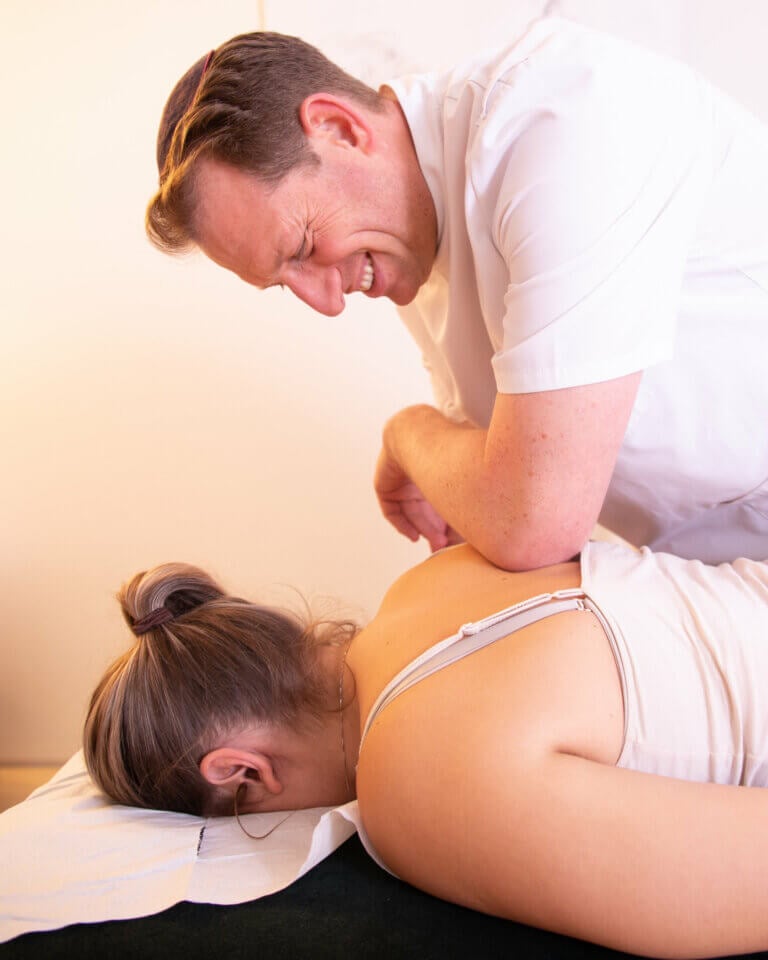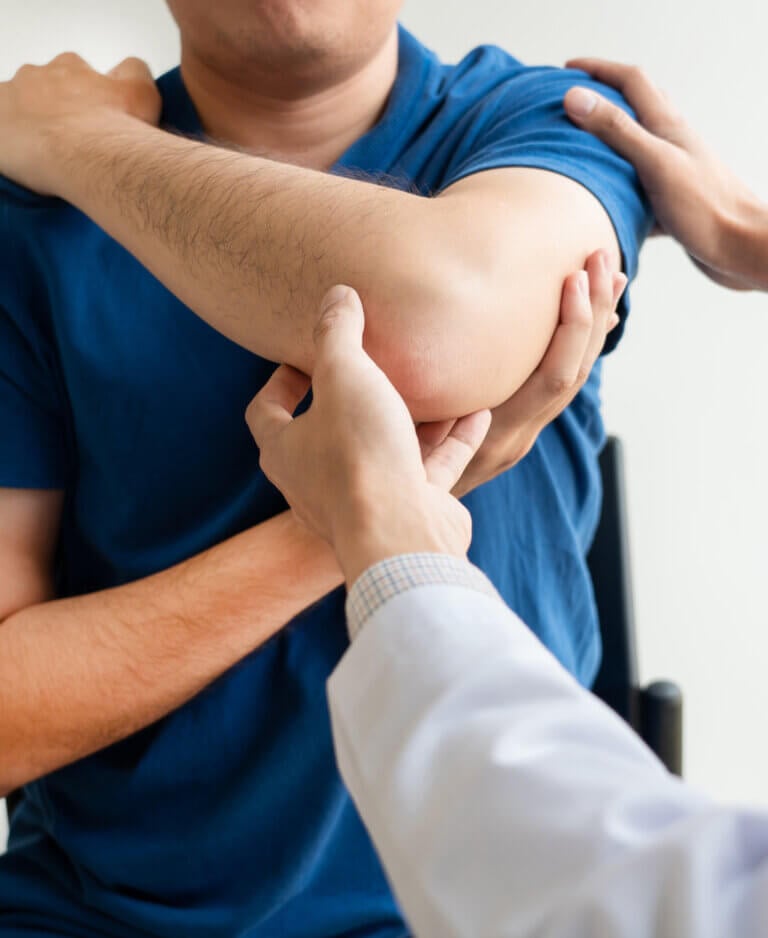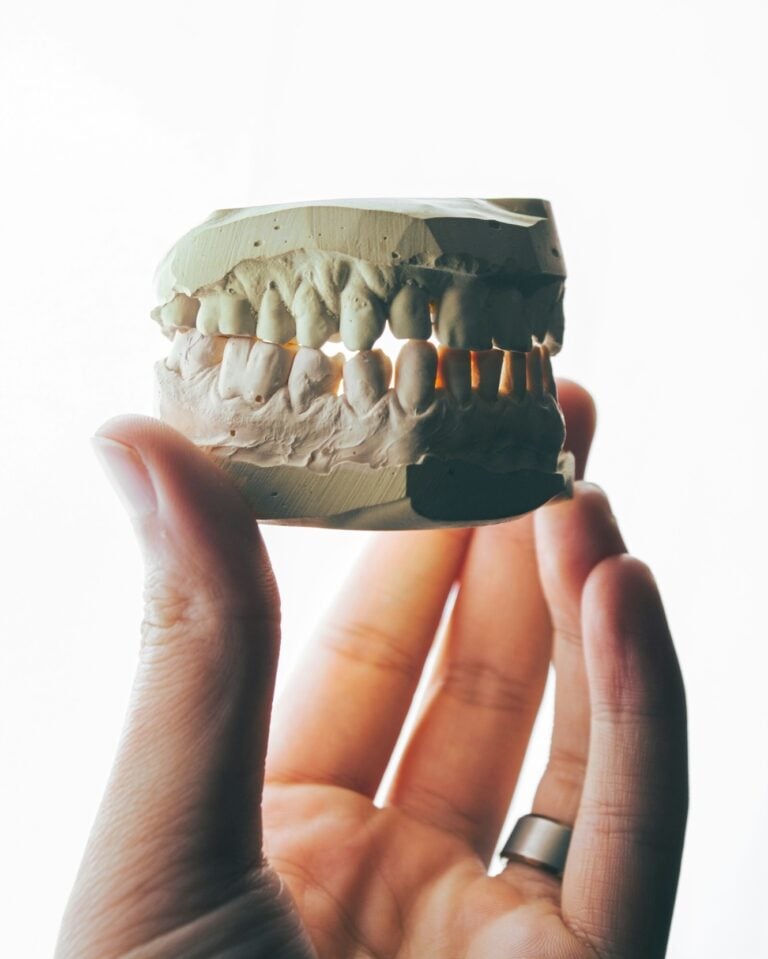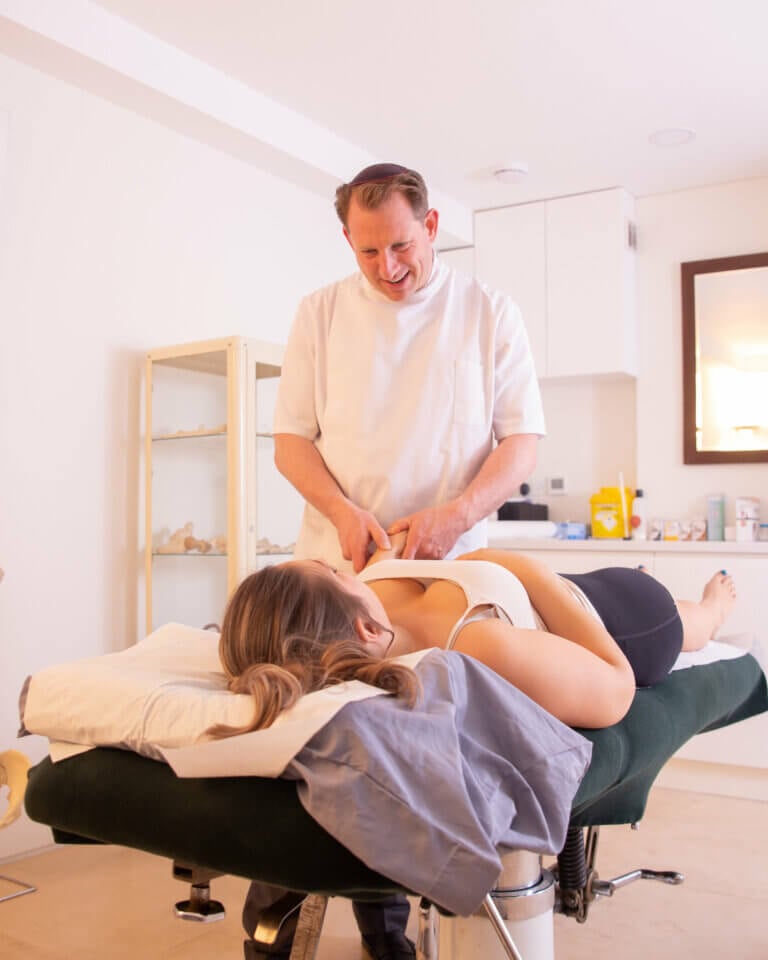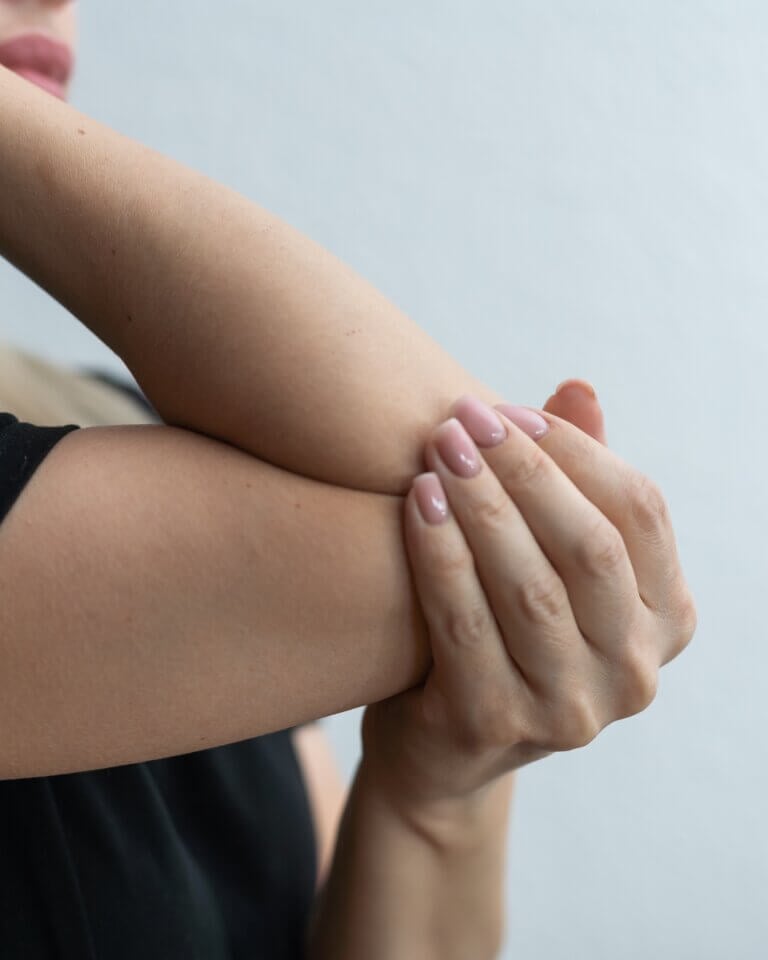As the largest load-bearing joint in the human body, our knees take a lot of punishment in our lifetimes. Every time you get up from bed or a chair, climb a set of stairs, bend down to pick something up, or even just take a casual stroll, you put strain and pressure on a complicated joint that is critical for normal mobility and life. This builds up over time, and only a lucky few live a lifetime free from knee pain.
With up to 1 in 10 adults in the UK suffering from clinically diagnosed osteoarthritis (OA) with pain specifically in the knee (Swain et al.), knee pain is one of the conditions I treat most frequently as an Osteopath. In addition to osteoarthritis, my practice also addresses knee injuries and mechanical issues that disrupt normal activities such as walking, sitting, standing, and playing, all of which require pain-free movement.
Osteopathy offers highly effective diagnosis and treatment options for many of the most common causes of knee pain. It combines the benefits of conventional medical practices with proven alternative approaches such as acupuncture, dry needling, and electrotherapy to reduce inflammation and pain. Even a handful of osteopathy sessions can bring long-term relief to persistently sore knees.
If you’re suffering from knee pain, contact Stephen Sacks Osteopathy at 020 3865 9044 or make an online booking. I provide effective and affordable treatment for knee pain stemming from:
- Osteoarthritis
- Rheumatoid arthritis
- Gout or pseudogout
- Meniscus tears
- Ligament injuries (ACL, PCL, MCL, LCL tears)
- Tendonitis (including patellar tendonitis)
- Other pain or injuries that affect pain-free movement

Please feel free to contact me in Harley Street or Highgate to discuss your knee pain.
